Positioner
Showing 1–8 of 9 results
-
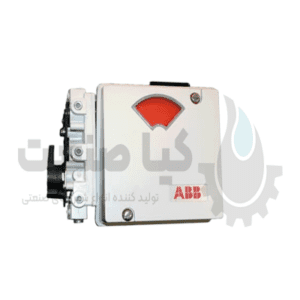
ABB AV1 Ball Valve Positioner
-
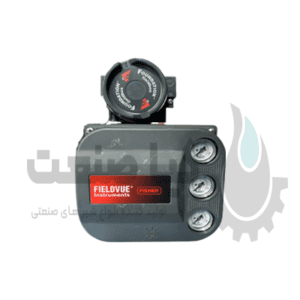
Fisher DVC6200f Digital I/P Positioner
-
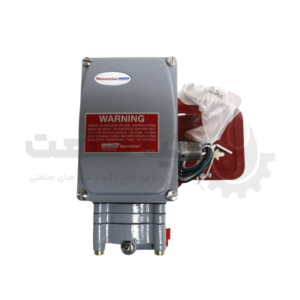
Masoneilan Positioner Model 8012
-
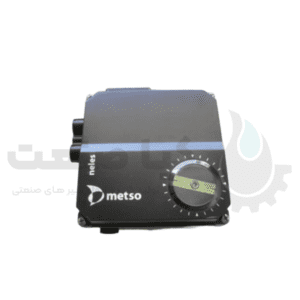
Metso I/P Positioner Model NE724
-
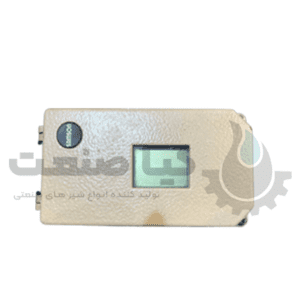
Samson 3730 Series I/P Positioner
-
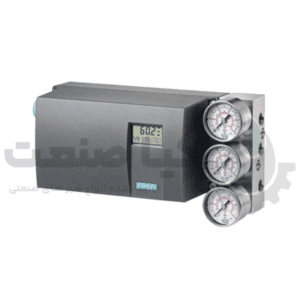
SIEMENS SIPART PS2 Ball Valve Positioner
-

Spirax Sarco SP400 Smart Positioner
-
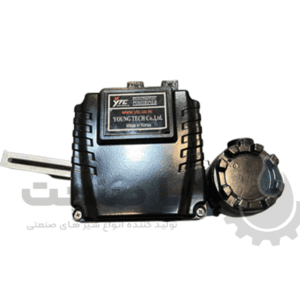
YTC I/P Positioner Model YT 1000
Positioner
I/p positioner is a device used in industrial plants to accurately control the position of the valve.
It is usually used in conjunction with control valves to ensure accurate and reliable control of fluid or gas flow.
A valve positioner works by receiving an input signal from a control system such as a regulator or distributed control system (DCS) and converting it into an output signal corresponding to a valve actuator.
This output signal adjusts the position of the valve, opening or closing it to reach the desired flow or pressure.
Positioners are commonly used in industries such as oil and gas, petrochemical, power generation and water treatment.
They can improve the accuracy, responsiveness and reliability of control valves, leading to better process control and increased efficiency.
Important features of iTopi Positioner
Some of the key features of valve positioners are:
Precision: iTopy valve positioners provide precise control over valve position and ensure accurate control of flow or pressure.
Stability: They help maintain the desired valve position under different process conditions, such as pressure or temperature changes.
Rapid Response: Positioners can quickly adjust the valve position in response to changes in the control signal, enabling rapid flow rate control.
Diagnostic Capabilities: Many modern valve positioners have built-in diagnostic functions that provide feedback on valve performance, such as valve movement, air supply pressure, etc.
Digital Communication: Some of the advanced i-topi valve positioners support digital communication protocols such as HART or Fieldbus, which allow remote monitoring and control of valve performance.
HART positioner eyeball
It is a device used in process control systems to convert the HART digital signal into a proportional pneumatic output.
A control system is mostly used to control the position of a valve based on the received signals.
The HART I/P Positioner receives a digital signal from a control system, then converts this digital signal into a pneumatic output that is used to control the movement of the valve actuator.
The device is designed to have precise control over the valve position and ensure accurate regulation of flow rates or process variables.
Advantages of Hart positioners compared to traditional positioners
In HART I/P Positioner systems, it provides the possibility of easy remote repair and troubleshooting.
This type of positioner can be used with all kinds of digital devices.
I-ball positionerFieldbus
The fieldbus positioner is connected to a fieldbus network such as Profibus, Foundation Fieldbus or Modbus, which allows digital communication between the positioner and other devices in the system, such as a distributed control system or a programmable logic controller.
The main task of this positioner is to receive the digital control signal from the control system and convert it into the corresponding analog pneumatic signal.
This pneumatic signal is then used to control the position or movement of the valve or actuator.
Advantages of Fieldbus positioners
It offers improved communication speed, increased reliability and diagnostic capabilities, better integration with other devices and systems, and simplified wiring and installation.
